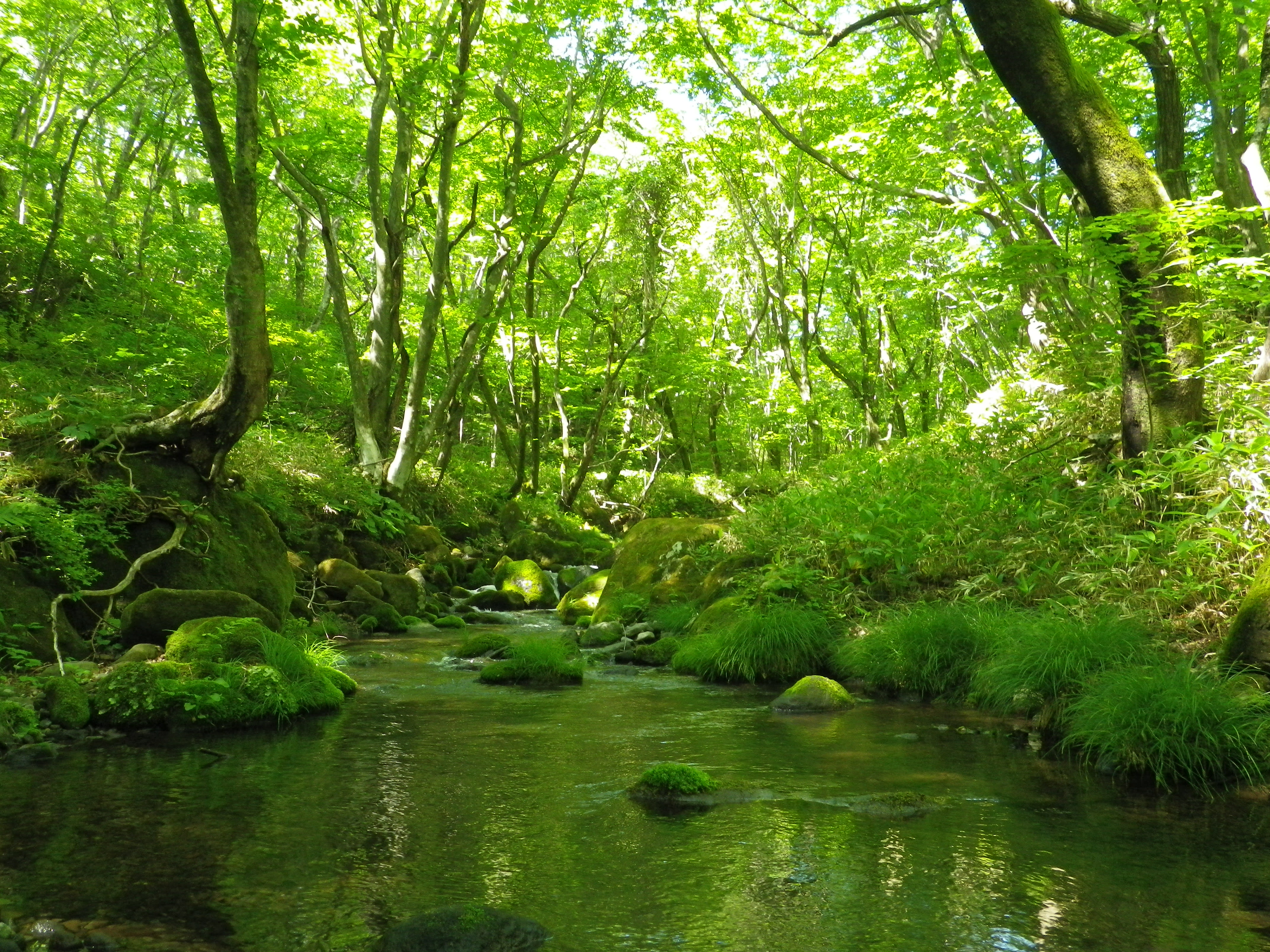Don't Miss
- Towering Kegon-no-Taki waterfall at Lake Chuzenji
- The intricate wood carvings at Nikko Toshogu Shrine
- Hiking through the Shiobara Valley’s deep river gorge and woodlands
- Riding the Nasu Ropeway to visit a still-active volcano
Nikko National Park is situated northeast of Tokyo in a mountainous region shaped by long ages of volcanic activity. The area is known for its dense broadleaf woodlands of beech, maple and oak. Large numbers of sightseers from all over Japan and abroad come here to enjoy the spectacular cool fire of fall foliage. You can see waterfalls, lakes and marshlands, and along the way you may encounter endemic wildlife such as the Japanese macaque and Japanese deer. The park is also home to some of the country's most renowned shrines, including Nikko Toshogu Shrine.
Nikko National Park encompasses many peaks in the Nasu volcanic belt. The park is divided into two areas: Nasu in the northeast and Shiobara, Nikko and Kinugawa in the southwest.
This expanse is covered with deciduous forests of Japanese beech and oak in the lowlands and coniferous forest on the mountain slopes. Ride the Nasu gondola in the north of the park to get a panoramic view of the cork azalea (Rhododendron quinquefolium), which has a distinctive white bloom in spring.
Mount Nasudake is the heart of this area. To get to the trailhead of the Mount Nasu Hiking Trail, ride up on the Nasu Ropeway. From there you can trek the surrounding volcanic peaks, including still-active Mount Chausu. Continue along the Nasu mountain range traverse to ascend Mount Asahi and Mount Sanbonyari. You can even cycle through the snow on Mount Nasu in winter on a guided tour.
If you’d prefer an easier hike, take the Yahata Azalea and Nasu Nature Path in Mount Nasu's foothills. The boardwalk path is famous for Japanese rhododendron, which turns the area into a sea of crimson blooms in early summer. The path offers views of the nearby mountains and access to many of the local hot springs. You can also visit Happogahara Plateau, another area famous for rhododendron.
At the Nasu Heisei-no-Mori Forest Field Center, you can choose from a range of eco-activities and guided walks through the countryside. Hike along the Nasu Heisei-no-Mori Forest Trail to picturesque Komadome Falls or walk the Ichimanpo-no-Mori Forest Trail surrounded by Japanese red pines.
To the west of the park is Numappara Marshland. Go for a scenic drive through the Numappara Marshland, where you can stop and walk along boardwalks to view seasonal plants such as daylilies, which turn the landscape a vibrant yellow in early summer.

South of the Nasu area, the Hoki River has carved deep into the volcanic rock to create Shiobara Gorge. Hike any of the three main walking trails along the river to view waterfalls, suspension bridges and more marshland. You may catch glimpses of native deer, Japanese serows and Asiatic black bears along the way.
Nikko City has a direct train line from Tokyo, and is a great place to start exploring Nikko National Park. A 50-minute bus ride from the bus terminal in front of Tobu Nikko Station will get you to Lake Chuzenji. Learn about the area’s natural features at the Nikko Natural Science Museum before heading to nearly 100-meter-high Kegon Falls on the lake’s eastern end. Keep an eye out for Japanese macaques, which can be found throughout the park's woodlands.
Lake Chuzenji has been a center of tourism and culture for centuries. See the groundbreaking architecture of the former diplomatic residence of the Italian ambassador, for example,and enjoy a traditional English scone at British Embassy Villa Memorial Park. You can also do more physical activities around here, such as boating and stand-up paddle boarding.
This area is famous for hot spring baths, known as onsen. One is Nikko Yumoto Onsen on the shore of Lake Yunoko, just north of Lake Chuzenji. Here you can hike and camp in the summer, ski in the winter, and bathe in the hot volcanic springs all year round. Be sure to visit the public onsen at Onsenji, a Buddhist temple founded in 788, at the northern end of town. Next to the temple is Yunodaira Marsh, where hot spring water bubbles up through the earth.
The Kanto region’s highest peak, Mount Nikko-Shirane (2,578 m), dominates the Lake Yunoko area. You’ll have a choice of two routes to the summit. Hike the challenging mountain trail from Lake Suganuma, which passes by scenic Lake Goshikinuma, or ride the Marunuma Ropeway and then walk the trail to the summit.
The Kinugawa River runs north to south through the heart of the park. On the river, you can enjoy boat tours and rafting. The area is also famous for onsen resorts.
Upstream is Seto-Aikyo Canyon, where sheer cliffs plunge 100 meters to the valley floor. This is one of the prime spots for viewing the changing woodland colors during the fall.

The southern gateway to Nikko National Park is the site of a group of shrines and temples designated collectively as a UNESCO World Heritage site. These include Nikko Futarasan-jinja Shrine, Nikkozan Rinnoji Temple and Nikko Toshogu Shrine. Lush forest surrounds the shrines. At Toshogu Shrine, you’ll find countless woodcarvings, including the original “see no evil, speak no evil, hear no evil” monkeys. At the entrance to the shrine stands the sacred Shinkyo Bridge, one of the most photographed views of the area. Wander along the paths framed by torii–traditional Japanese gateways–up through the woodland.